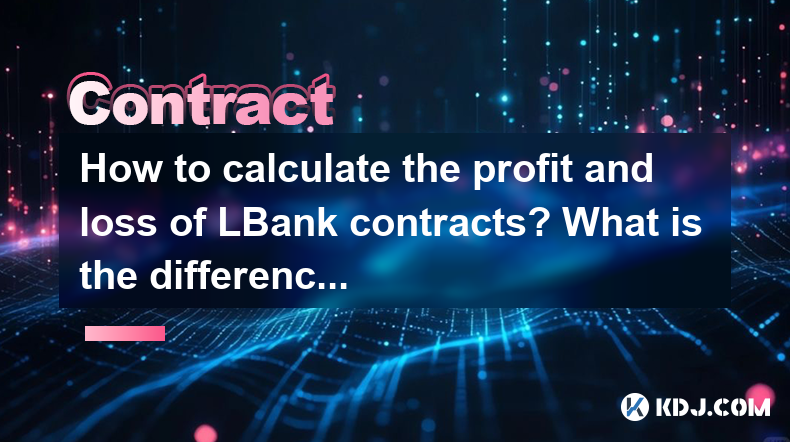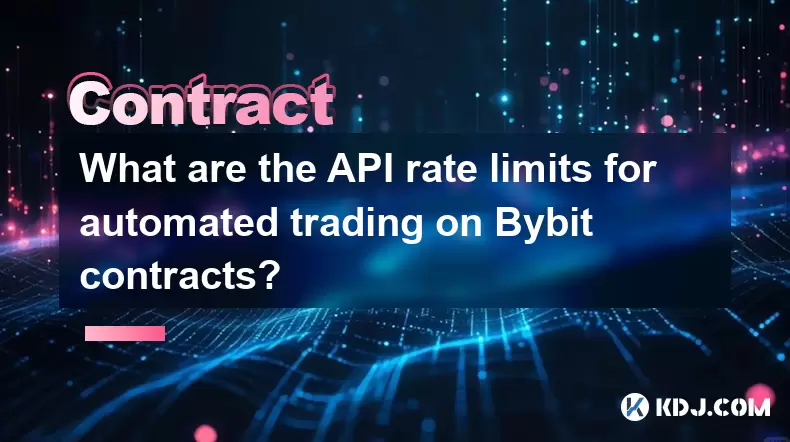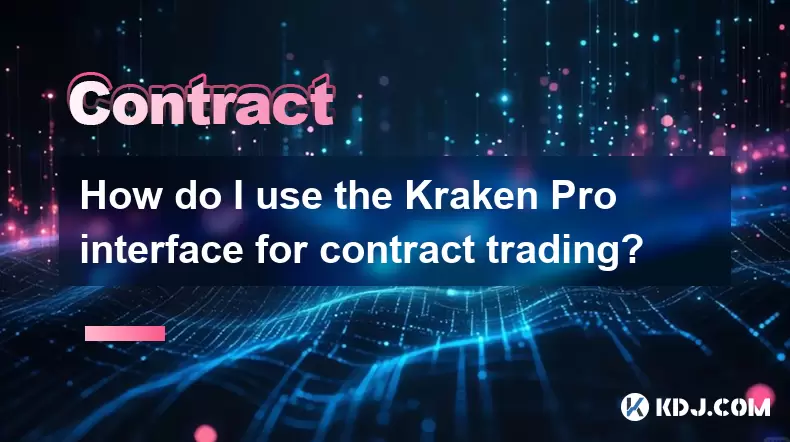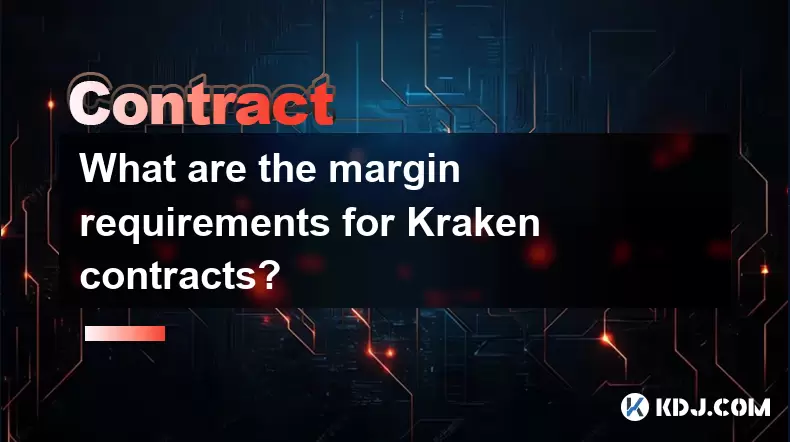-
 Bitcoin
Bitcoin $117600
2.11% -
 Ethereum
Ethereum $3907
6.13% -
 XRP
XRP $3.288
9.68% -
 Tether USDt
Tether USDt $1.000
-0.01% -
 BNB
BNB $784.8
2.00% -
 Solana
Solana $174.3
3.60% -
 USDC
USDC $0.9997
-0.03% -
 Dogecoin
Dogecoin $0.2220
8.04% -
 TRON
TRON $0.3379
0.01% -
 Cardano
Cardano $0.7829
5.46% -
 Stellar
Stellar $0.4348
8.84% -
 Hyperliquid
Hyperliquid $40.50
6.38% -
 Sui
Sui $3.757
7.22% -
 Chainlink
Chainlink $18.41
10.06% -
 Bitcoin Cash
Bitcoin Cash $581.6
1.91% -
 Hedera
Hedera $0.2586
5.37% -
 Avalanche
Avalanche $23.30
4.67% -
 Ethena USDe
Ethena USDe $1.001
0.01% -
 Litecoin
Litecoin $122.0
2.62% -
 UNUS SED LEO
UNUS SED LEO $8.972
-0.23% -
 Toncoin
Toncoin $3.338
1.14% -
 Shiba Inu
Shiba Inu $0.00001282
3.76% -
 Uniswap
Uniswap $10.38
6.88% -
 Polkadot
Polkadot $3.852
4.63% -
 Dai
Dai $1.000
0.02% -
 Bitget Token
Bitget Token $4.463
2.29% -
 Monero
Monero $263.6
-7.22% -
 Cronos
Cronos $0.1496
4.78% -
 Pepe
Pepe $0.00001106
4.91% -
 Aave
Aave $284.3
8.09%
How to calculate the profit and loss of LBank contracts? What is the difference between unrealized profit and loss and realized profit and loss?
To calculate P&L on LBank contracts, use: (Closing Price - Opening Price) Position Size Contract Multiplier. Understand unrealized vs. realized P&L for effective trading.
May 04, 2025 at 06:42 pm

When trading cryptocurrency contracts on LBank, understanding how to calculate your profit and loss (P&L) is crucial for managing your investments effectively. LBank offers a variety of contracts that allow traders to speculate on the price movements of cryptocurrencies without owning the underlying assets. In this article, we will delve into the specifics of calculating profit and loss on LBank contracts, as well as explore the differences between unrealized profit and loss and realized profit and loss.
Understanding LBank Contracts
LBank contracts are derivative financial instruments that derive their value from an underlying cryptocurrency. These contracts allow traders to go long (betting on price increases) or short (betting on price decreases) on a cryptocurrency. The profit or loss from these contracts depends on the price movement of the underlying asset and the position size.
Calculating Profit and Loss on LBank Contracts
To calculate the profit and loss on LBank contracts, you need to understand the basic formula:
Profit/Loss = (Closing Price - Opening Price) Position Size Contract Multiplier
- Opening Price: The price at which you entered the contract.
- Closing Price: The price at which you exit the contract.
- Position Size: The number of contracts you are trading.
- Contract Multiplier: A factor that determines the value of one contract. This is specific to each contract type on LBank.
For example, if you bought 10 contracts of Bitcoin at an opening price of $30,000 and the contract multiplier is 1, and you later sold them at a closing price of $32,000, your profit would be calculated as follows:
Profit = ($32,000 - $30,000) 10 1 = $20,000
Conversely, if the closing price was $28,000, your loss would be:
Loss = ($28,000 - $30,000) 10 1 = -$20,000
Unrealized vs. Realized Profit and Loss
Understanding the difference between unrealized and realized profit and loss is essential for any trader on LBank.
Unrealized Profit and Loss
Unrealized profit and loss, also known as "paper profit and loss," refers to the potential profit or loss you would incur if you were to close your position at the current market price. This value fluctuates with the market price of the underlying asset and does not become actual profit or loss until you close the position.
For example, if you have an open position of 10 contracts bought at $30,000 and the current market price is $31,000, your unrealized profit would be:
Unrealized Profit = ($31,000 - $30,000) 10 1 = $10,000
However, this profit is only on paper and could change if the market price moves.
Realized Profit and Loss
Realized profit and loss occurs when you actually close your position and convert the unrealized profit or loss into actual gains or losses. Once you close the position, the profit or loss is "realized" and becomes part of your account balance.
Using the previous example, if you decide to sell your 10 contracts at the current market price of $31,000, you would realize a profit of $10,000, which would then be added to your account balance.
How to View Profit and Loss on LBank
To view your profit and loss on LBank, follow these steps:
- Log into your LBank account.
- Navigate to the trading section where your contracts are listed.
- Select the specific contract you want to view.
- Check the "Position" tab to see your unrealized profit and loss.
- Check the "History" tab to see your realized profit and loss from closed positions.
Factors Affecting Profit and Loss
Several factors can affect your profit and loss when trading LBank contracts:
- Market Volatility: High volatility can lead to larger swings in profit and loss.
- Leverage: Using leverage can amplify both profits and losses.
- Fees: Trading fees can impact your net profit or loss.
- Liquidation: If the market moves against your position and your margin falls below the maintenance level, your position may be liquidated, resulting in a realized loss.
Managing Risk on LBank Contracts
Effective risk management is crucial when trading LBank contracts. Here are some strategies to consider:
- Set Stop-Loss Orders: These orders can help limit your losses by automatically closing your position if the market moves against you.
- Use Take-Profit Orders: These orders can help lock in profits by automatically closing your position when a certain profit level is reached.
- Diversify Your Portfolio: Spreading your investments across different assets can help mitigate risk.
- Monitor Your Positions: Keep a close eye on your open positions and be ready to act if the market moves unfavorably.
Frequently Asked Questions
Q: Can I use leverage on LBank contracts?
A: Yes, LBank allows traders to use leverage when trading contracts. Leverage can amplify both potential profits and losses, so it should be used cautiously.
Q: What happens if my position is liquidated?
A: If your position is liquidated due to insufficient margin, you will incur a realized loss. The exact amount of the loss depends on the liquidation price and the size of your position.
Q: How often are trading fees charged on LBank contracts?
A: LBank charges trading fees on each transaction. The fees are typically a small percentage of the transaction value and are deducted at the time of the trade.
Q: Can I trade LBank contracts 24/7?
A: Yes, LBank contracts can be traded 24/7, as the cryptocurrency markets operate around the clock.
Disclaimer:info@kdj.com
The information provided is not trading advice. kdj.com does not assume any responsibility for any investments made based on the information provided in this article. Cryptocurrencies are highly volatile and it is highly recommended that you invest with caution after thorough research!
If you believe that the content used on this website infringes your copyright, please contact us immediately (info@kdj.com) and we will delete it promptly.
- Cold Wallet Crypto in 2025: The Future is Now, Ya'll
- 2025-08-08 05:10:13
- MAGACOIN, SOL, and ADA: A Tale of Shifting Tides in Crypto
- 2025-08-08 05:10:13
- SHIB Price, PEPE, and the Memecoin Supercycle: Who Will Reign Supreme?
- 2025-08-08 05:50:12
- Pudgy Penguins Price Prediction: Google Trends & Breakout Signals
- 2025-08-08 05:50:12
- UAE Crypto Regulation: SCA and VARA Unite to Streamline the Future of Digital Assets
- 2025-08-08 05:55:48
- MAGACOIN Finance: The Presale Phenomenon Rocking the Crypto World
- 2025-08-08 05:55:48
Related knowledge

Are there any fees for futures settlement on OKX?
Aug 08,2025 at 05:35am
Understanding Futures Settlement on OKXFutures settlement on OKX refers to the process by which open futures contracts are automatically closed or mar...

How to use the OKX margin calculator for futures?
Aug 08,2025 at 05:15am
Understanding the OKX Margin Calculator for FuturesThe OKX margin calculator is a specialized tool designed to assist traders in estimating the requir...

How to find and copy experienced traders on Bybit contracts?
Aug 08,2025 at 06:00am
Understanding Copy Trading on BybitBybit offers a copy trading feature that allows users to automatically replicate the contract positions of experien...

What are the API rate limits for automated trading on Bybit contracts?
Aug 08,2025 at 06:08am
Understanding API Rate Limits on BybitWhen engaging in automated trading on Bybit contracts, understanding the API rate limits is essential to prevent...

How do I use the Kraken Pro interface for contract trading?
Aug 08,2025 at 05:00am
Understanding the Kraken Pro Interface for Contract TradingThe Kraken Pro platform is designed for advanced traders who require speed, precision, and ...

What are the margin requirements for Kraken contracts?
Aug 08,2025 at 05:42am
Understanding Margin in Kraken Futures TradingWhen engaging in futures trading on Kraken, traders must understand that margin is the collateral requir...

Are there any fees for futures settlement on OKX?
Aug 08,2025 at 05:35am
Understanding Futures Settlement on OKXFutures settlement on OKX refers to the process by which open futures contracts are automatically closed or mar...

How to use the OKX margin calculator for futures?
Aug 08,2025 at 05:15am
Understanding the OKX Margin Calculator for FuturesThe OKX margin calculator is a specialized tool designed to assist traders in estimating the requir...

How to find and copy experienced traders on Bybit contracts?
Aug 08,2025 at 06:00am
Understanding Copy Trading on BybitBybit offers a copy trading feature that allows users to automatically replicate the contract positions of experien...

What are the API rate limits for automated trading on Bybit contracts?
Aug 08,2025 at 06:08am
Understanding API Rate Limits on BybitWhen engaging in automated trading on Bybit contracts, understanding the API rate limits is essential to prevent...

How do I use the Kraken Pro interface for contract trading?
Aug 08,2025 at 05:00am
Understanding the Kraken Pro Interface for Contract TradingThe Kraken Pro platform is designed for advanced traders who require speed, precision, and ...

What are the margin requirements for Kraken contracts?
Aug 08,2025 at 05:42am
Understanding Margin in Kraken Futures TradingWhen engaging in futures trading on Kraken, traders must understand that margin is the collateral requir...
See all articles

























































































